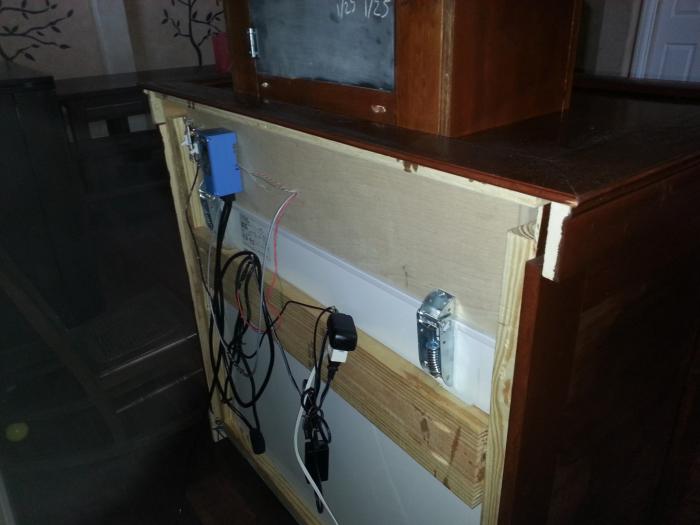anderik1
Member
- Joined
- Nov 30, 2013
- Messages
- 17
- Reaction score
- 3
I started homebrewing about 5 months ago and based on my well established hate of sanitizing wine bottles, I knew beer bottles would only be worse. A great Craigslist find on corny kegs, a whole bunch of money, and a month worth of nights here and weekends there, I finally finished my keezer. I looked through nearly all of the keezers / kegerators and a lot of the build threads in designing and building mine, so I wanted to contribute back with pictures and lessons I learned along the way. I probably would have done a few small things differently, but all in all, I'm extremely pleased with the results considering this was my first interior grade wood project. I hope this helps someone else in their project. Definitely a big thanks to Jester for the original design, and snowveil whose overall woodworking design I tried to emulate. I opted for a wood top since it was going to be used inside and I wanted to avoid tile to keep the weight down.
The goal was to create something that my wife would allow in our dining room -- which was met in the end. I love having a nice way to dispense my brew a few steps away. I'll be adding the interim pictures and steps as I can over the next few days.
The keezer holds Five 5 gallon corny kegs and is built with these and many other parts.
Freezer - http://www.sears.com/kenmore-7.2-cu...p-04618702000P?prdNo=1&blockNo=1&blockType=G1
Temperature Controller - http://www.amazon.com/dp/B00368D6JA/?tag=skimlinks_replacement-20
4 way air distributor - http://www.amazon.com/gp/product/B00E3XT69G/?tag=skimlinks_replacement-20
Stainless perlick faucet and shank assemblies - http://www.beveragefactory.com/draftbeer/faucets/faucets/perlick525_stainless_combo_shtml
More details to come...

The goal was to create something that my wife would allow in our dining room -- which was met in the end. I love having a nice way to dispense my brew a few steps away. I'll be adding the interim pictures and steps as I can over the next few days.
The keezer holds Five 5 gallon corny kegs and is built with these and many other parts.
Freezer - http://www.sears.com/kenmore-7.2-cu...p-04618702000P?prdNo=1&blockNo=1&blockType=G1
Temperature Controller - http://www.amazon.com/dp/B00368D6JA/?tag=skimlinks_replacement-20
4 way air distributor - http://www.amazon.com/gp/product/B00E3XT69G/?tag=skimlinks_replacement-20
Stainless perlick faucet and shank assemblies - http://www.beveragefactory.com/draftbeer/faucets/faucets/perlick525_stainless_combo_shtml
More details to come...

Last edited by a moderator:




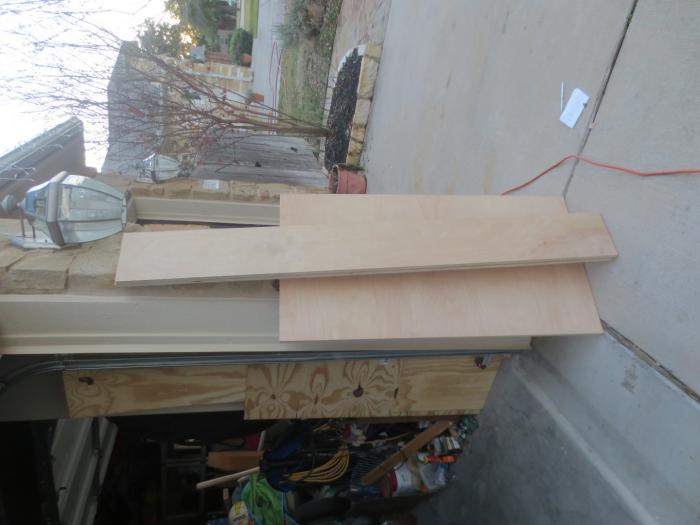
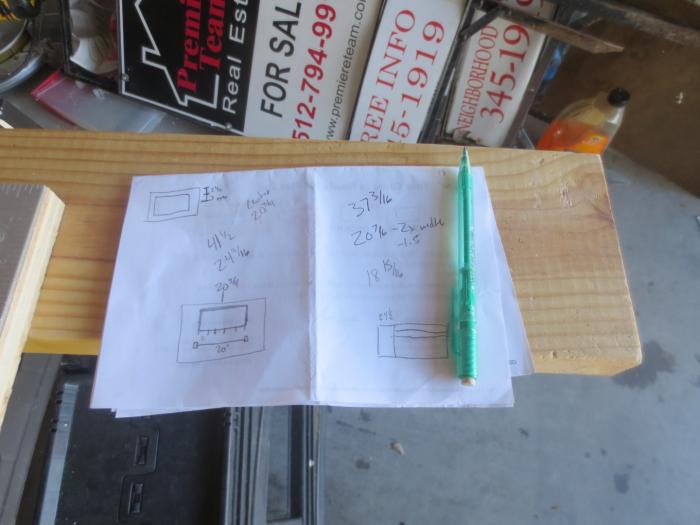
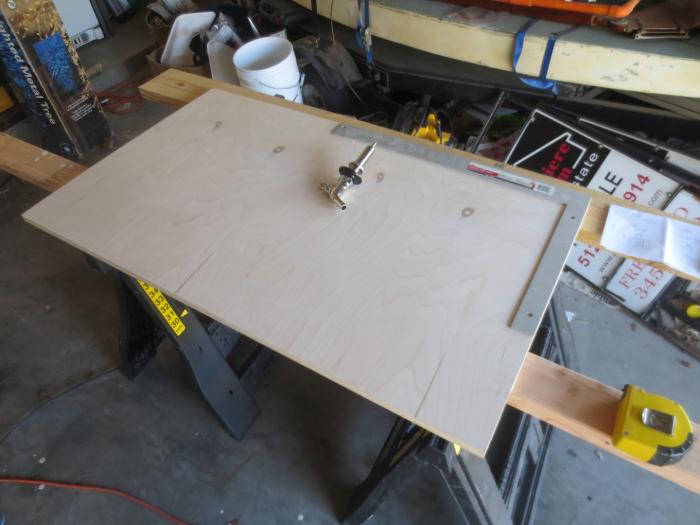

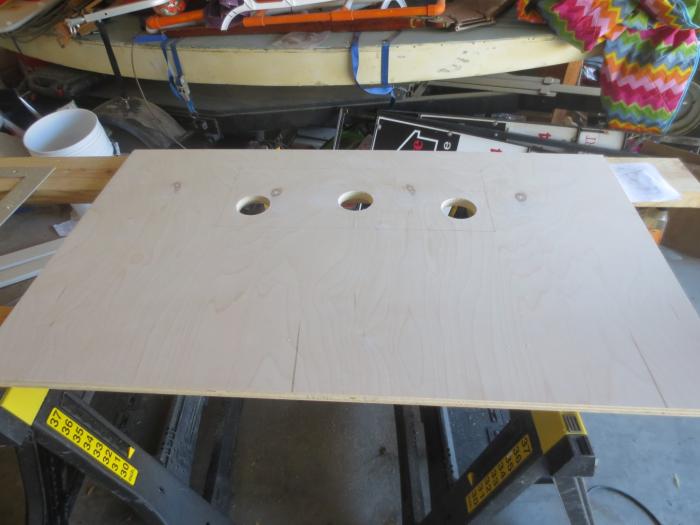
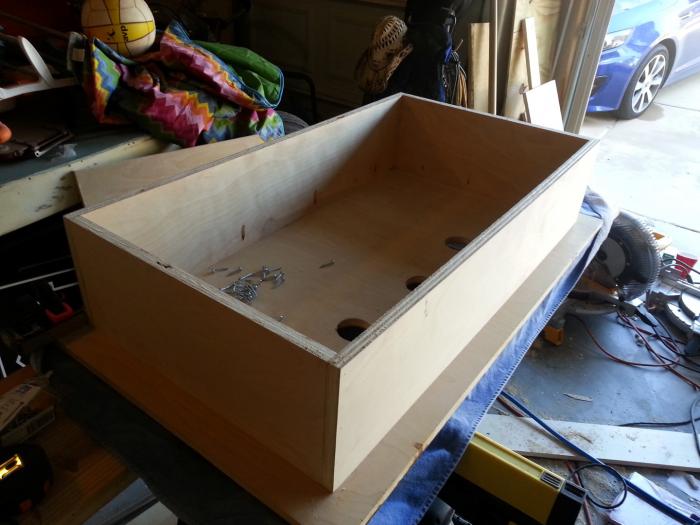
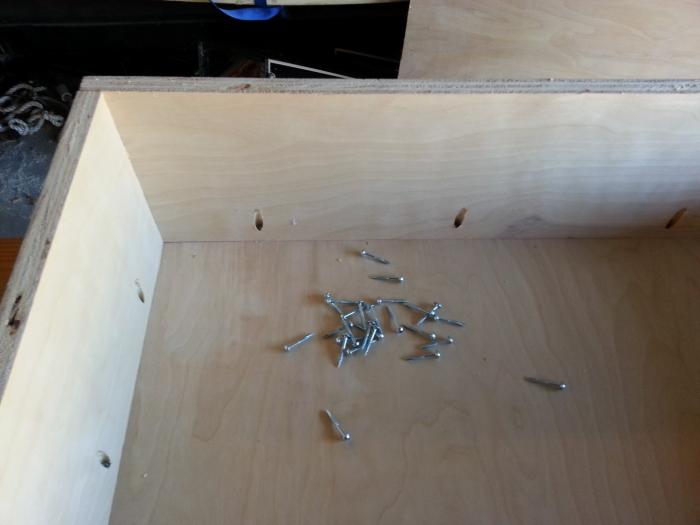


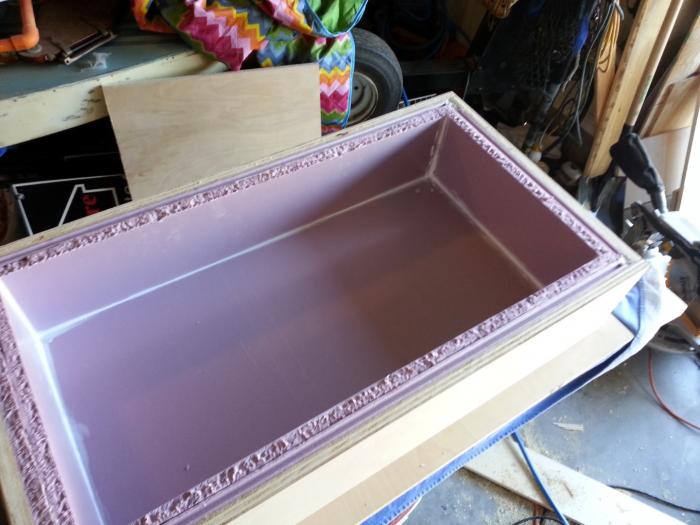


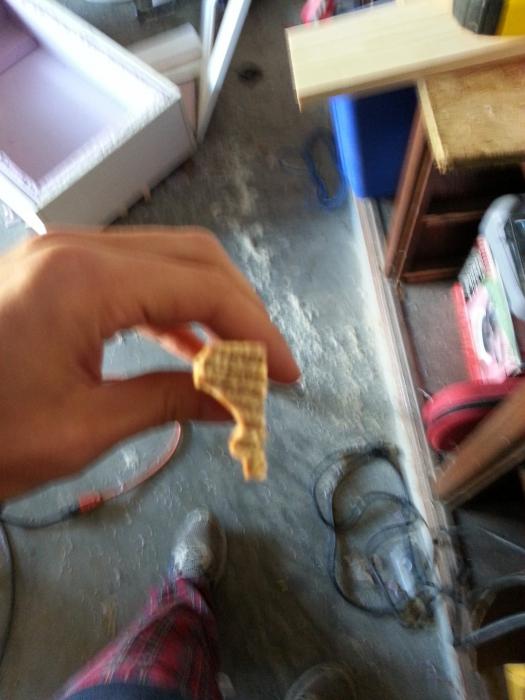
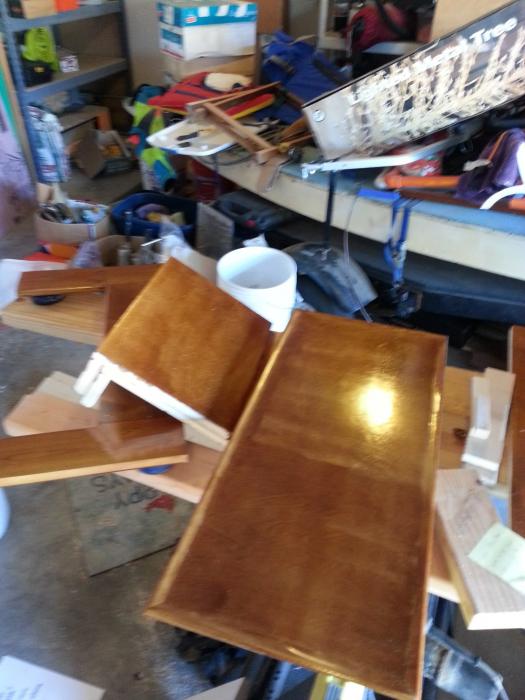
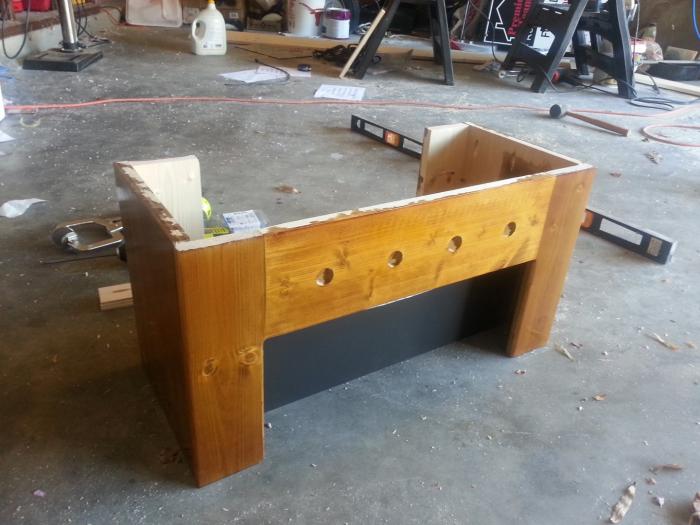



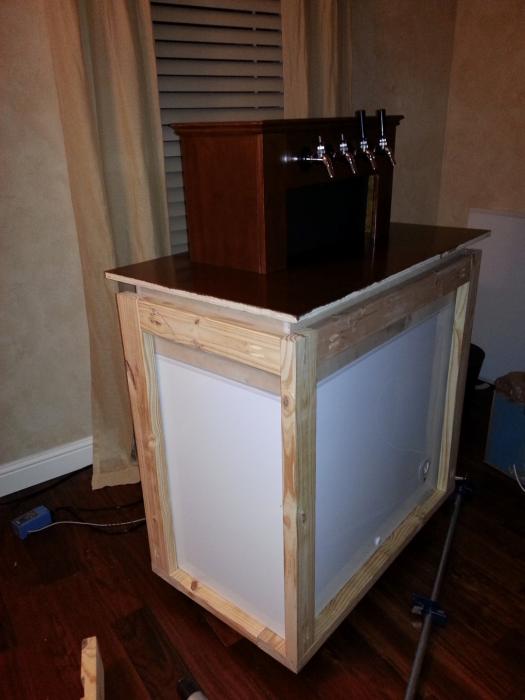










































![Craft A Brew - Safale S-04 Dry Yeast - Fermentis - English Ale Dry Yeast - For English and American Ales and Hard Apple Ciders - Ingredients for Home Brewing - Beer Making Supplies - [1 Pack]](https://m.media-amazon.com/images/I/41fVGNh6JfL._SL500_.jpg)


















